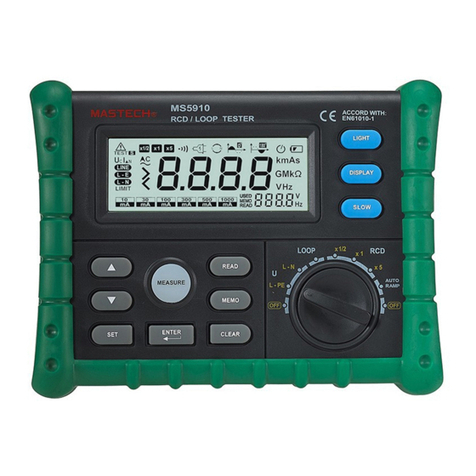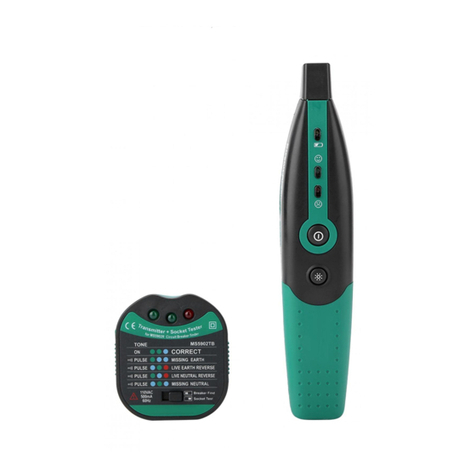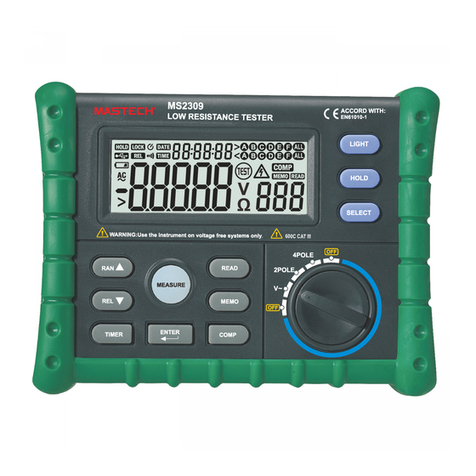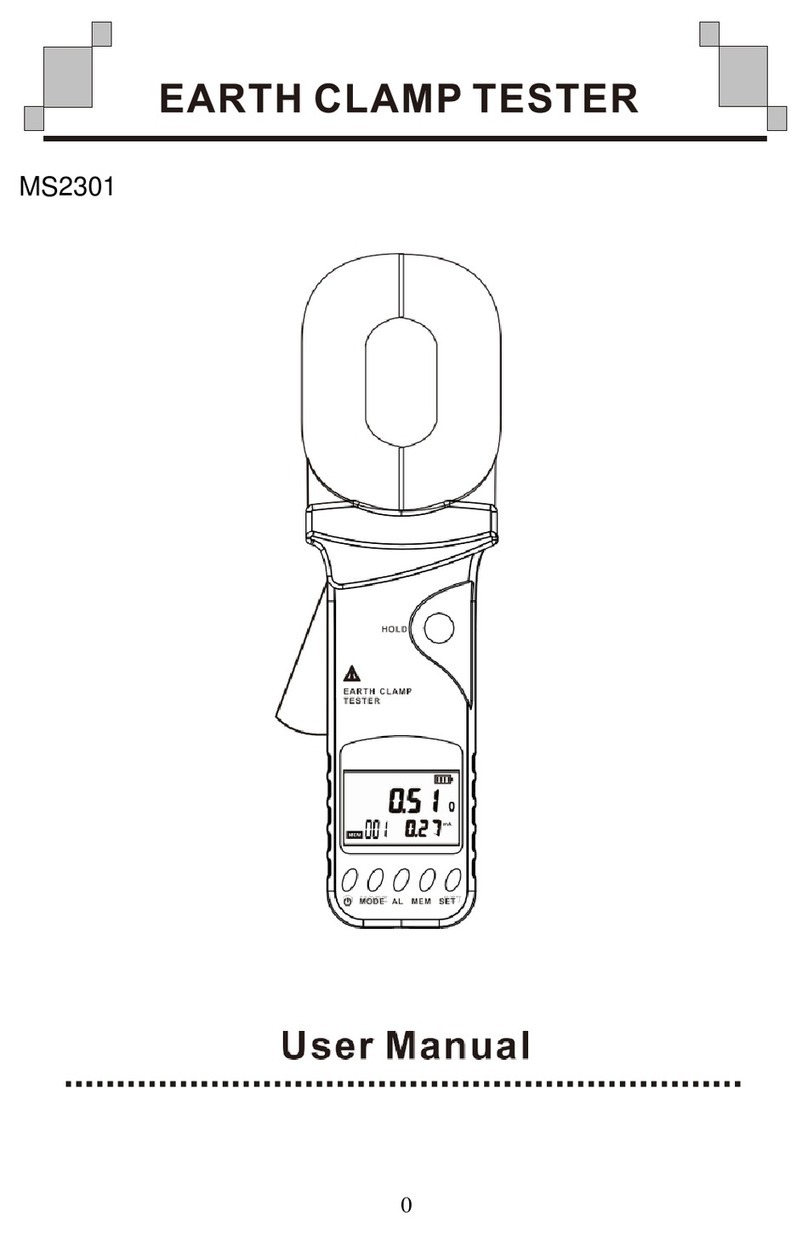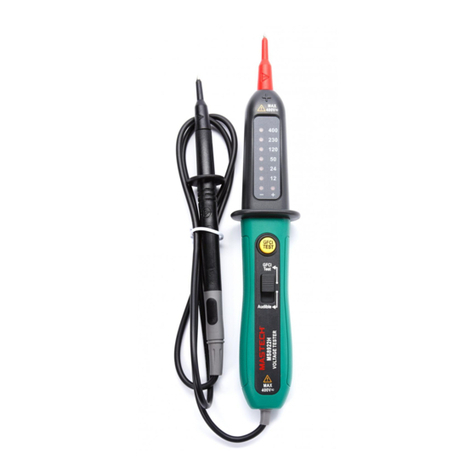Mastech ms5908 User manual
Other Mastech Test Equipment manuals

Mastech
Mastech MS8910A User manual
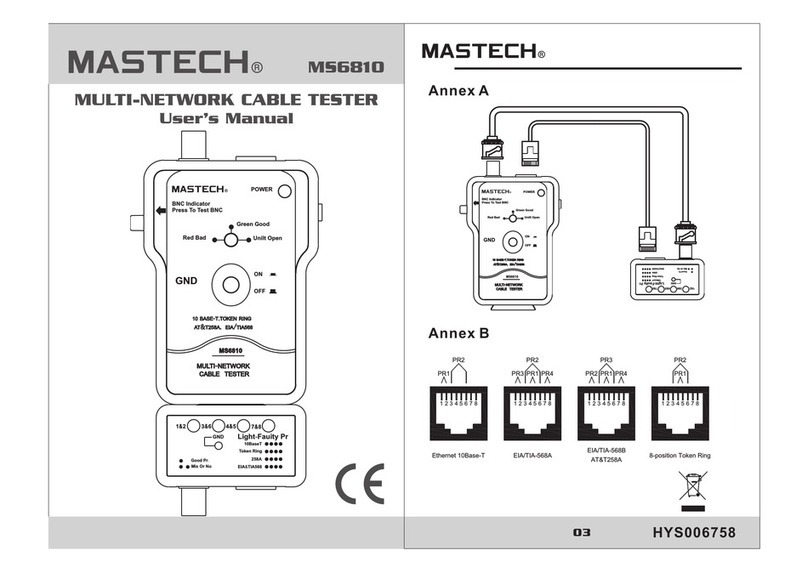
Mastech
Mastech MS6810 User manual
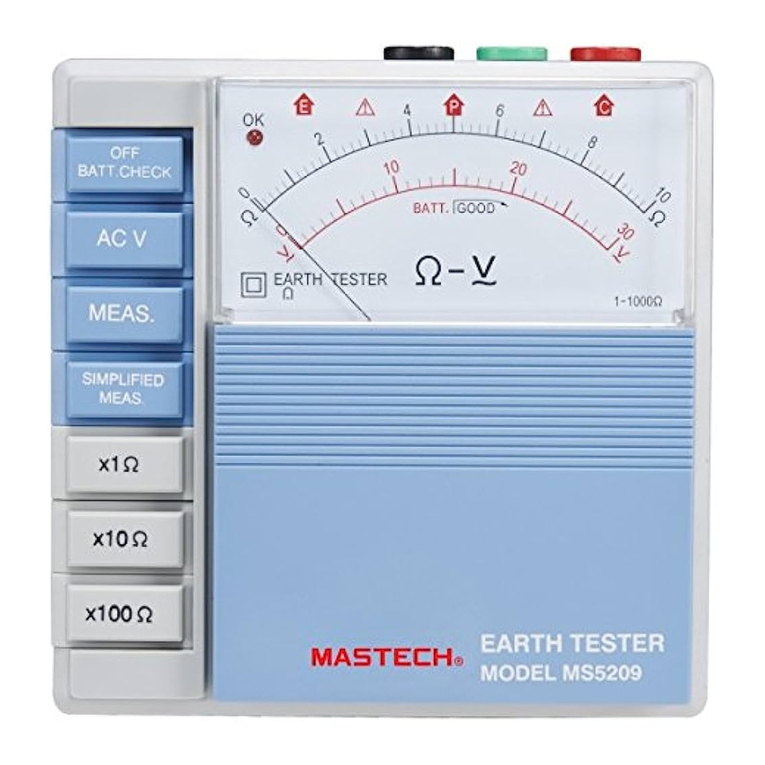
Mastech
Mastech Analog Earth Resistance Tester User manual
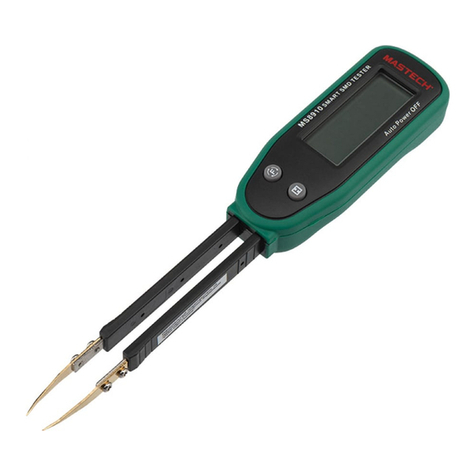
Mastech
Mastech MS8910 User manual

Mastech
Mastech MS7222 User manual
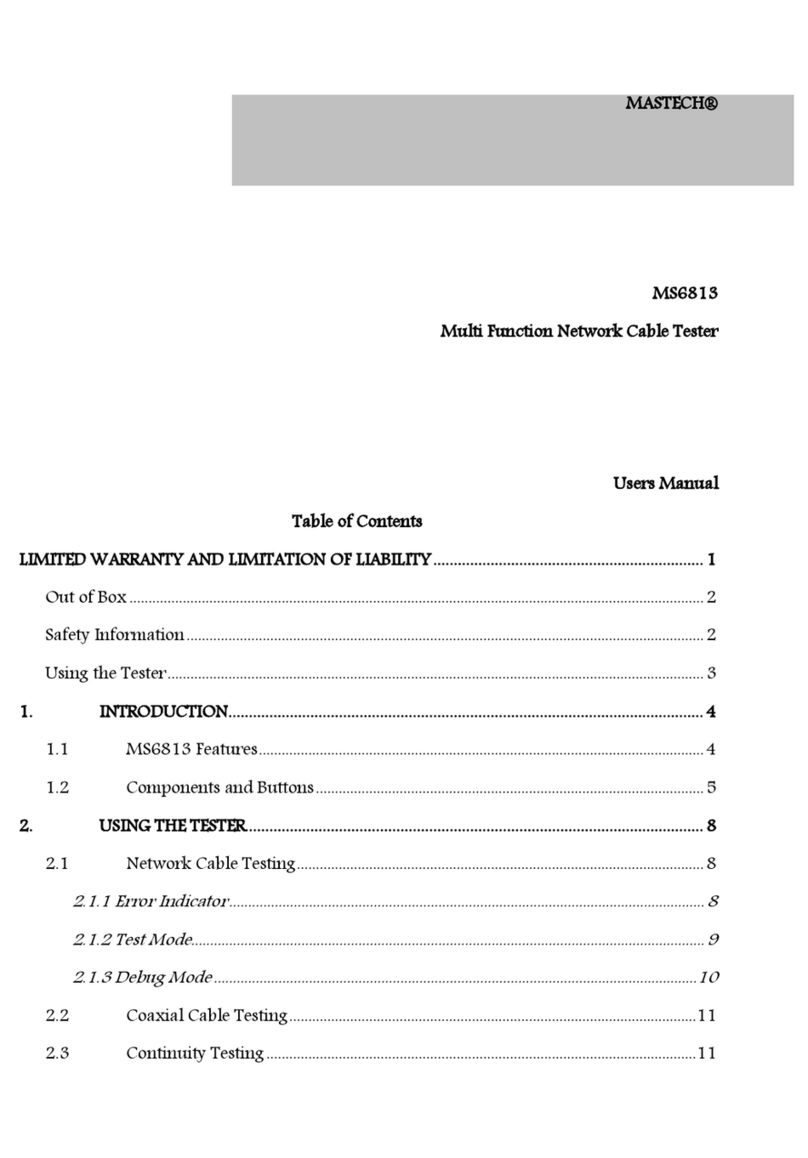
Mastech
Mastech MS6813 User manual
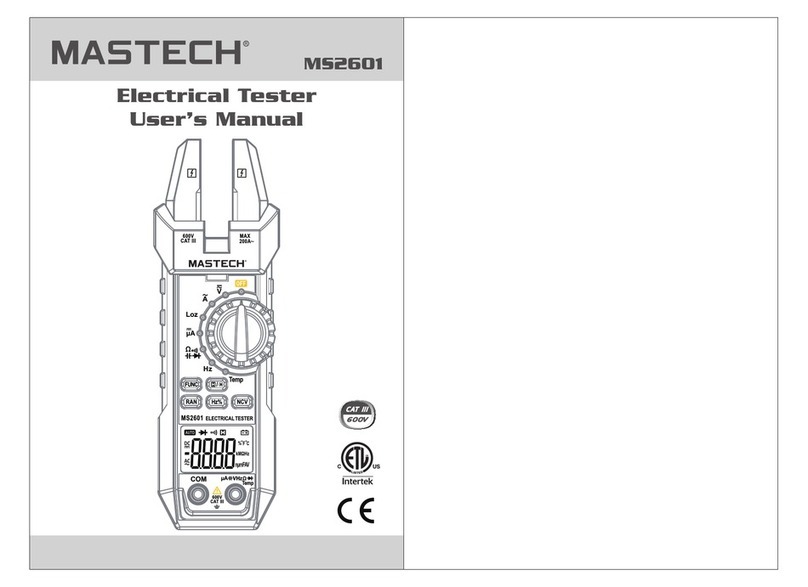
Mastech
Mastech MS2601 User manual

Mastech
Mastech KPS-TL300 User manual
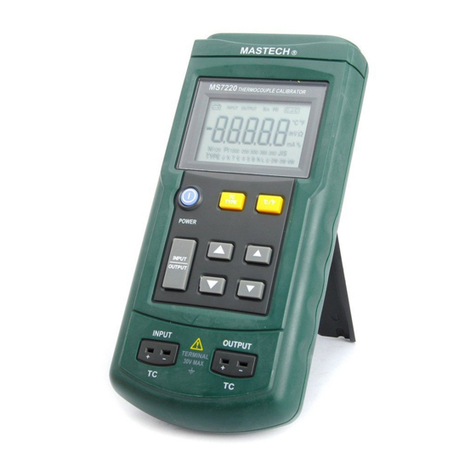
Mastech
Mastech MS7220 User manual
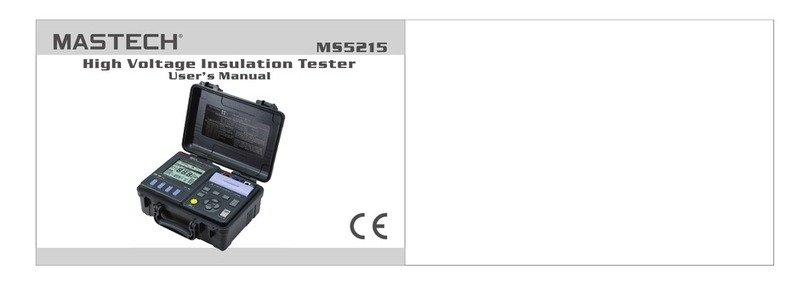
Mastech
Mastech MS5215 User manual
Popular Test Equipment manuals by other brands

Redtech
Redtech TRAILERteck T05 user manual

Venmar
Venmar AVS Constructo 1.0 HRV user guide

Test Instrument Solutions
Test Instrument Solutions SafetyPAT operating manual

Hanna Instruments
Hanna Instruments HI 38078 instruction manual

Kistler
Kistler 5495C Series instruction manual

Waygate Technologies
Waygate Technologies DM5E Basic quick start guide

StoneL
StoneL DeviceNet CK464002A manual

Seica
Seica RAPID 220 Site preparation guide

Kingfisher
Kingfisher KI7400 Series Training manual

Kurth Electronic
Kurth Electronic CCTS-03 operating manual

SMART
SMART KANAAD SBT XTREME 3G Series user manual

Agilent Technologies
Agilent Technologies BERT Serial Getting started
